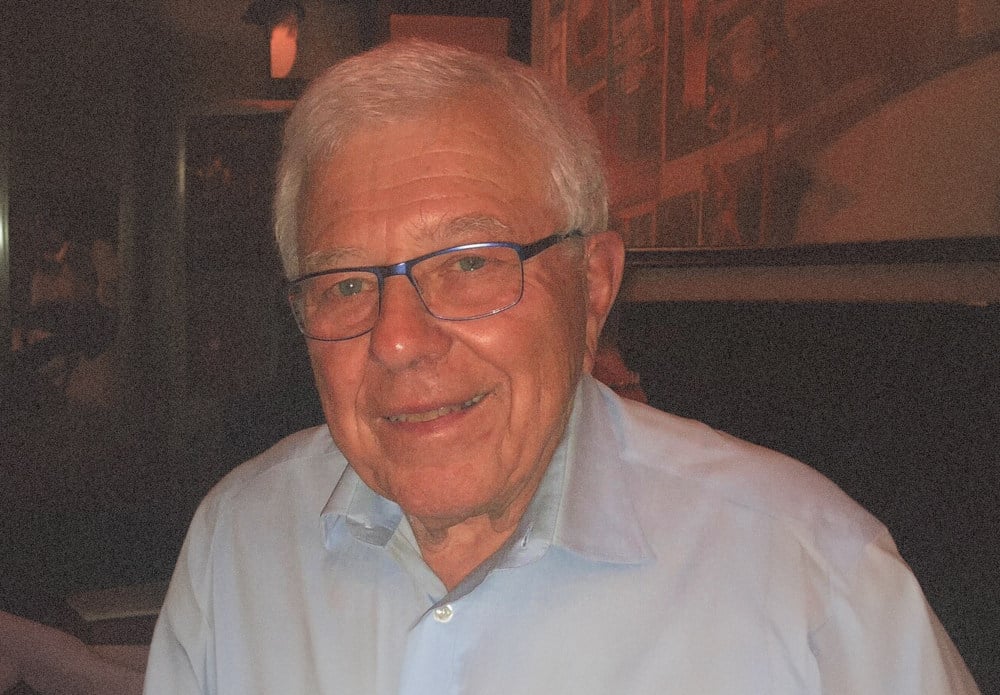In Tom Petty’s classic 1981 song Waiting, he sings, “the waiting is the hardest part.” I doubt he was talking about business, but his words do apply perfectly to pursuing new business opportunities. Waiting is a trait not many entrepreneurs have mastered. Yet, if used correctly, can be one of the most valuable.
First, I want to come clean and say that waiting is incredibly hard for me. I have a “driver” type personality and get energized by searching for and securing new business opportunities. Over the past few years, however, I have learned to appreciate the strategic value of waiting.
Waiting ≠ Doing Nothing
I used to think that waiting was akin to inaction, indecision or a lack of aggressiveness. I could not have been more wrong. Waiting can be one of the most effective negotiating tactics available, especially when the other party has time pressure. Waiting allows you to thoroughly vet an opportunity by checking more sources, following up on previously answered questions and do a deeper analysis of how the opportunity fits into your current business. It can also help you learn if other companies are pursuing the opportunity, whether it’s a new employee or an acquisition. Even if the opportunity is a perfect fit, the timing must also be right. Rather than pushing a deal through and hoping for the best, waiting can allow you to let the deal sit and build out your infrastructure to better support the acquisition or make the new hire.
When to Wait and When to Move
Learning how to strategically wait gives you a tool that many haven’t developed. The next key is understanding when to use this tool and when to move aggressively. Technology, consolidation and niche markets are driving changes at a rate the seed industry hasn’t seen. In this environment, waiting too long can cause you to lose the opportunity to a competitor.
Knowing in advance the dollar amount, geographic area or niches you can move on will allow you to quickly decide if waiting is a good strategy or not.
Each new opportunity requires evaluating which party benefits most by waiting and if waiting too long allows a competitor to win the opportunity. In closing, you can gain an advantage in every negotiation by viewing waiting as a strategic action rather than just a passage of time.







